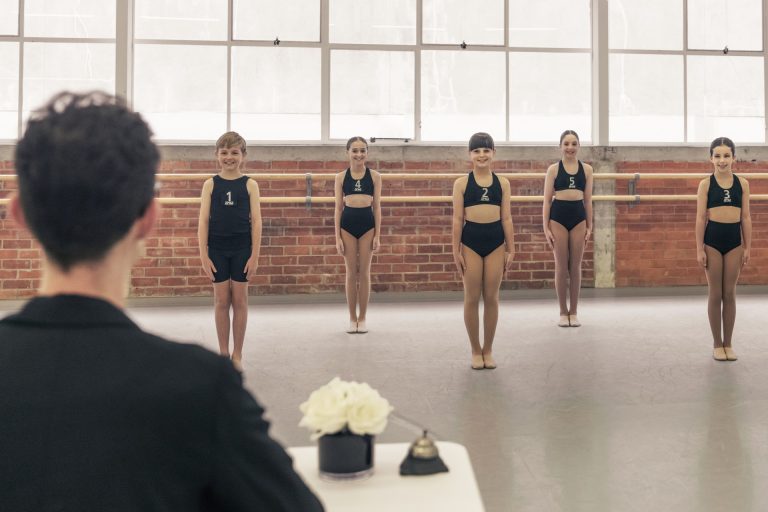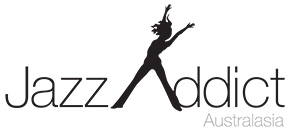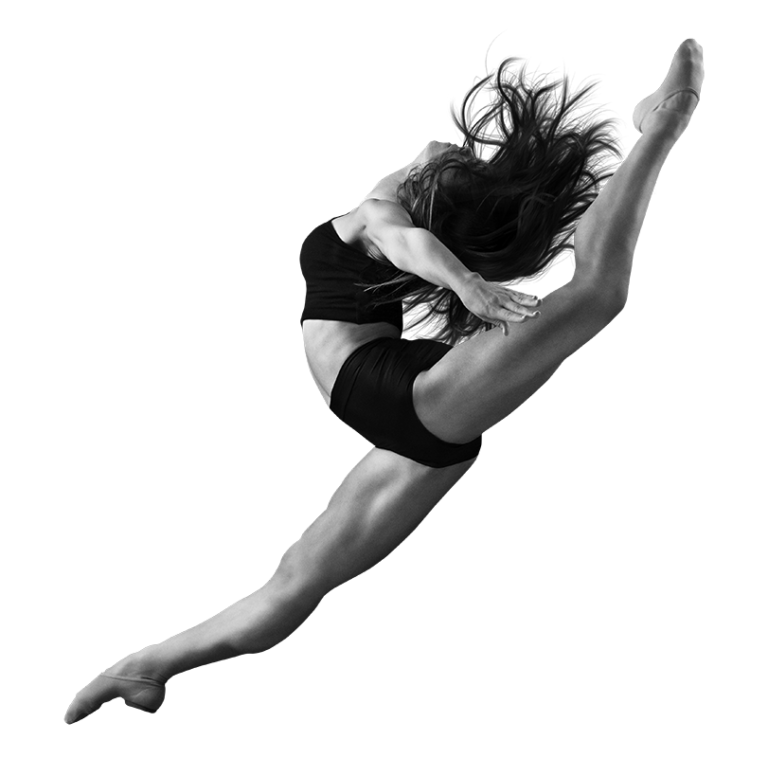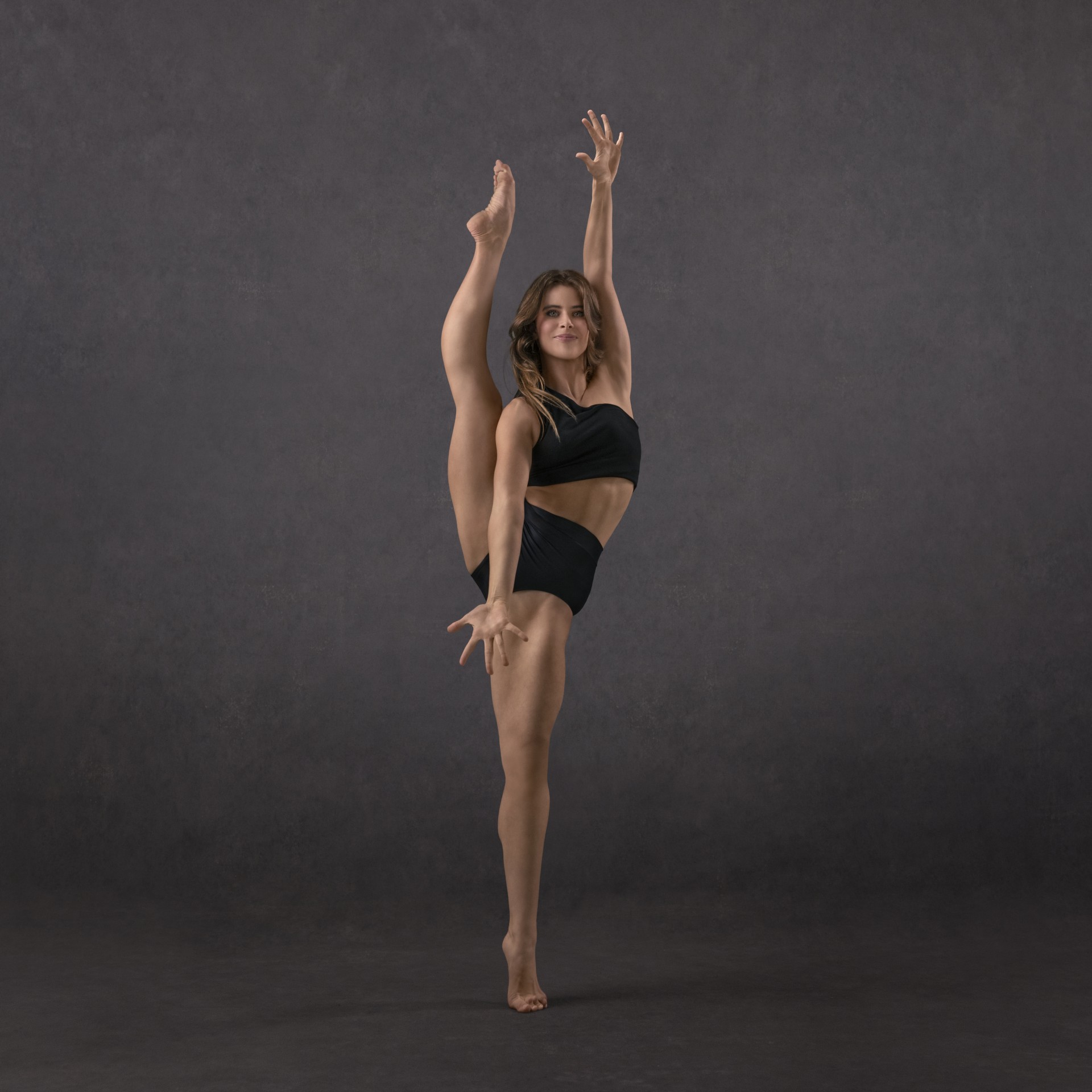Jazzaddict Syllabus Information
Positive - Inspiring - Empowering
Through Jazzaddict, our passion for dance is shared with thousands of students internationally. Jazzaddict provides each student with solid technical training, performance training, and the platform to create, achieve and grow as a dancer, artist and choreographer.
Jazzaddict is an examination based syllabus, it is compulsory for all registered studios to enter students for examinations or assessments annually.
We are commited to providing fast and personal service to all our registered teachers.



The syllabus consists of 15 levels and a Teacher Training syllabus:
- Preschool Jazz (4 yrs)
- Primary Jazz One (5 yrs)
- Primary Jazz Two (6 yrs)
- Junior Jazz One (7 yrs)
- Junior Jazz Two (8 yrs)
- Junior Jazz Three (9 yrs)
- Elementary Jazz One (10 yrs/new adults/new teens)
- Elementary Jazz Two
- Elementary Jazz Three
- Intermediate Jazz One
- Intermediate Jazz Two
- Intermediate Jazz Three
- Advanced Jazz One
- Advanced Jazz Two
- Solo Seal Jazz
- Teacher Certificate
- Advanced Teacher Certificate
Syllabus Components:
The levels are made up of a series of exercises including arm combinations, classical technique, floor work, turns, isolations, leaps, amalgamations and dances. There is opportunity for the teacher to stylise many of the exercises with their own head and arm-lines. The teacher notes advise where this is possible.
All work is progressive and designed to develop co-ordination, strength, agility and style.
Amalgamations include jazz, commercial jazz (from Intermediate), lyrical and musical theatre. These styles complement competition/eisteddfod requirements.
The teacher sets the dance and must incorporate compulsory steps.
Students can enter the syllabus at any age (and ability) at a level recommended by the teacher. Please see age guidelines above. Candidates sitting Advanced Jazz Two onwards must have sat and passed the previous grade as a prerequisite (ie. Advanced Jazz One).
It is compulsory for registered teachers to enter their students for examinations.
Year Plan
We recommend spending 2-3 terms of the school year preparing students for examinations.
Examinations are held between May and September in Australia and New Zealand.
Hong Kong examinations are held between June and October.
Thailand examinations are held in May and November/December.
Lesson Plan
Syllabus work in preparation for examinations is based on the following class time recommendations:
- Preschool Jazz: 30 minutes per week
- Primary Jazz levels: 45 minutes per week
- Junior Jazz levels: 45 minutes – 1 hour per week
- Elementary Jazz levels: 1-2 hours per week
- Intermediate Jazz levels: 2 hours per week
- Advanced Jazz levels: 2+ hours per week

Age Recommendations
Please use the recommended age guidelines for class placements.
These recommendations are based on students who have no previous dance experience:
- Preschool Jazz: 4 years
- Primary Jazz One: 5 years
- Primary Jazz Two: 6 years
- Junior Jazz One: 7 years
- Junior Jazz Two: 8 years
- Junior Jazz Three: 9 years
- Elementary Jazz One: 10 years/ beginner teens/ beginner adults
Any student who has had dance experience should be assessed and placed in a class at the recommendation of the teacher.
Amalgamations
There are optional jazz, lyrical and musical theatre amalgamations available. These provide variety for teachers who may have taught the work for several years.
The teacher chooses ONE of each of the amalgamations for the examination.
Impromptu Work
Impromptu work is included to encourage freedom of movement in junior levels. The Examiner provides the music for the Impromptu.
Students should prepare for impromptu work seeking to show musicality, use of the floor, use of levels and variety of steps.
Student Choreography
Student choreography is incorporated at the higher levels to develop student initiative and creativity. Students choreograph their work individually. Teachers are able to give feedback during this process.
Time limits are detailed in the teaching notes.
The teacher provides the music for student choreography.
The same music must be used by all the students in an examination group/grade (ie. no individual music as student choreography is usually seen in pairs).
Music
Teachers are able to set their own music with the exception of the musical theatre amalgamations (which are set to timeless Broadway classics). Recommended BPM (beats per minute) for each exercise are provided in the teaching notes.
Studios are responsible for their own music licenses for classes.
Musical Theatre - Set Music
The music for Musical Theatre is set. Students are encouraged to mime or sing the lyrics to encourage expression and performance style. Props are used in many of the Musical Theatre Amalgamations and each level provides an amalgamation suitable for males.
The set tracks are listed in the Music section of the teacher dashboard on the APDA website.
Solo Seal
Solo Seal is the final examination of the syllabus in which the dancer showcases their training and choreography in a final performance examination.
An audition amalgamation is set by the examiner and taught to the candidate/s at the beginning of the examination (the dancer to wear appropriate class/audition dancewear).
Candidates then present three self-chroeographed dances, each with a change of costume.
Solo Seal candidates are expected to arrange their own choreography, costumes, props (if required), music (choice and edit). These elements can be overseen by the teacher.
As this is the pinnacle performance examination, candidates are permitted to invite an audience to view the performance pieces.
Filming by the audience is permitted if agreed by the candidate and teacher.
If the Solo Seal candidate wishes to be considered for the Izzie Toman Solo Seal Scholarship, the teacher is required to film the candidate choreography in the examination and submit the footage prior to the 1st October via the APDA website. Results are announced by 1st February the following year.
The prerequisite for this examination is Advanced Jazz 2.
